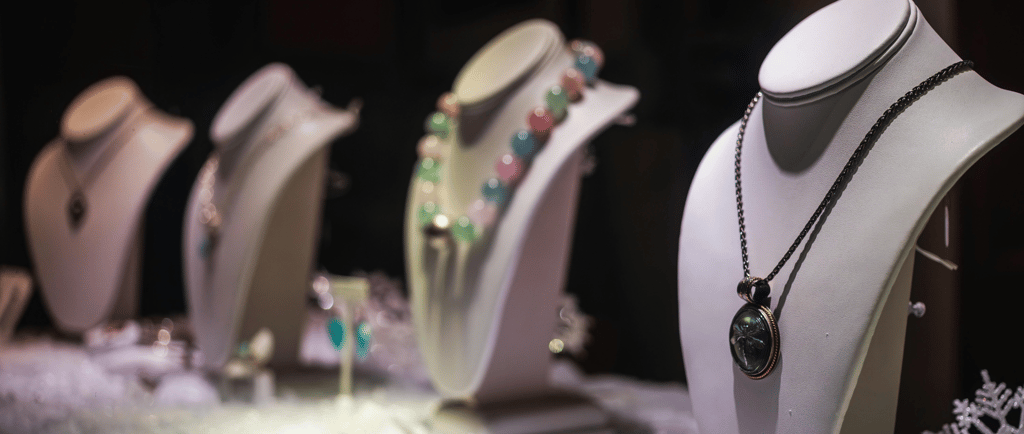The Silent Language of Luxury: Decoding the Soul of the Discerning Client
6/14/20252 min read


In the quiet hum of a Parisian atelier, a client traces the grain of a hand-stitched leather tote, her fingers pausing at a hidden monogram—a cipher known only to her. Across continents, another stands before a floor-to-ceiling window in a Milanese boutique, sunlight refracting through 24-karat gold finishes as he selects cufflinks that mirror his grandfather’s heirloom watch. These moments are not transactions. They are declarations.
I. The Illusion of Exclusivity: Beyond Price Tags and Rarity
The luxury client’s journey is not one of acquisition but of identity. Superficial rarity—limited editions, numbered pieces—no longer suffices. Today’s connoisseur seeks unseen uniqueness: a heritage fabric sourced from a single remote valley, a watch mechanism engineered in-house, or a fragrance formulation guarded as fiercely as state secrets. Consider the rise of bespoke narrative curation: clients who commission a craftsman to embed family lore into a timepiece’s dial or weave ancestral motifs into a couture garment. For them, luxury is a silent conversation between the object and its owner—a dialogue that transcends trends.
II. Emotional Currency: The Alchemy of Tangible Memories
Luxury objects are vessels for emotional capital. A client purchasing a vintage Rolls-Royce is not procuring machinery but the echo of a parent’s first business triumph. A tailored tuxedo becomes a talisman for milestone moments, its fabric imbued with the weight of future vows and speeches. This emotional resonance demands brands cultivate experiential provenance: documenting the journey of a gem from mine to mount, or inviting clients to witness the 1,000-hour process of a grand piano’s construction. The product is a narrative; the client, its curator.
III. The Paradox of Modern Desire: Authenticity in a Digital Mirage
In an era of algorithmic discovery, luxury clients crave verified singularity. They mistrust the synthetic allure of virtual showrooms, yet demand technology that vanishes into service. The forward-thinking brand deploys AI as a silent concierge: analyzing purchase histories not to predict, but to protect—the system flags ethical misalignments (e.g., a client’s commitment to carbon-neutral materials) before a sale, ensuring congruence between values and portfolio.
IV. The New Luxury Contract: Stewardship Over Ownership
Clients now evaluate legacy—not just the item’s lifespan, but its circular journey. A Hermès scarf returned for repair earns lifelong loyalty. Brands embracing circular luxury transform consumers into custodians: offering buy-back programs for pre-owned items. Here, luxury is not a possession but a pact—a commitment to future generations, as enduring as the client’s own lineage.
V. The Unspoken Truth: Luxury as Silent Rebellion
At its core, luxury is a subversive act. In a world of mass consumption, the client rebels through restraint: selecting a minimalist Louis Vuitton trunk over ostentatious logos, or a hand-thrown ceramic vase that defies mass-production symmetry. This quiet defiance is the new status symbol—a nod to the craft, the rarefied air of less is infinitely more. Brands that honor this ethos rise above competition; those that mistake flash for substance fade into irrelevance.
The Curator’s Canvas
The luxury client is not a buyer but a collaborator in the creation of meaning. To engage them is to speak their language: one of heritage, ethics, and invisible storytelling.
For luxury professionals, the challenge is clear: become architects of meaning, not mere merchants of prestige.
